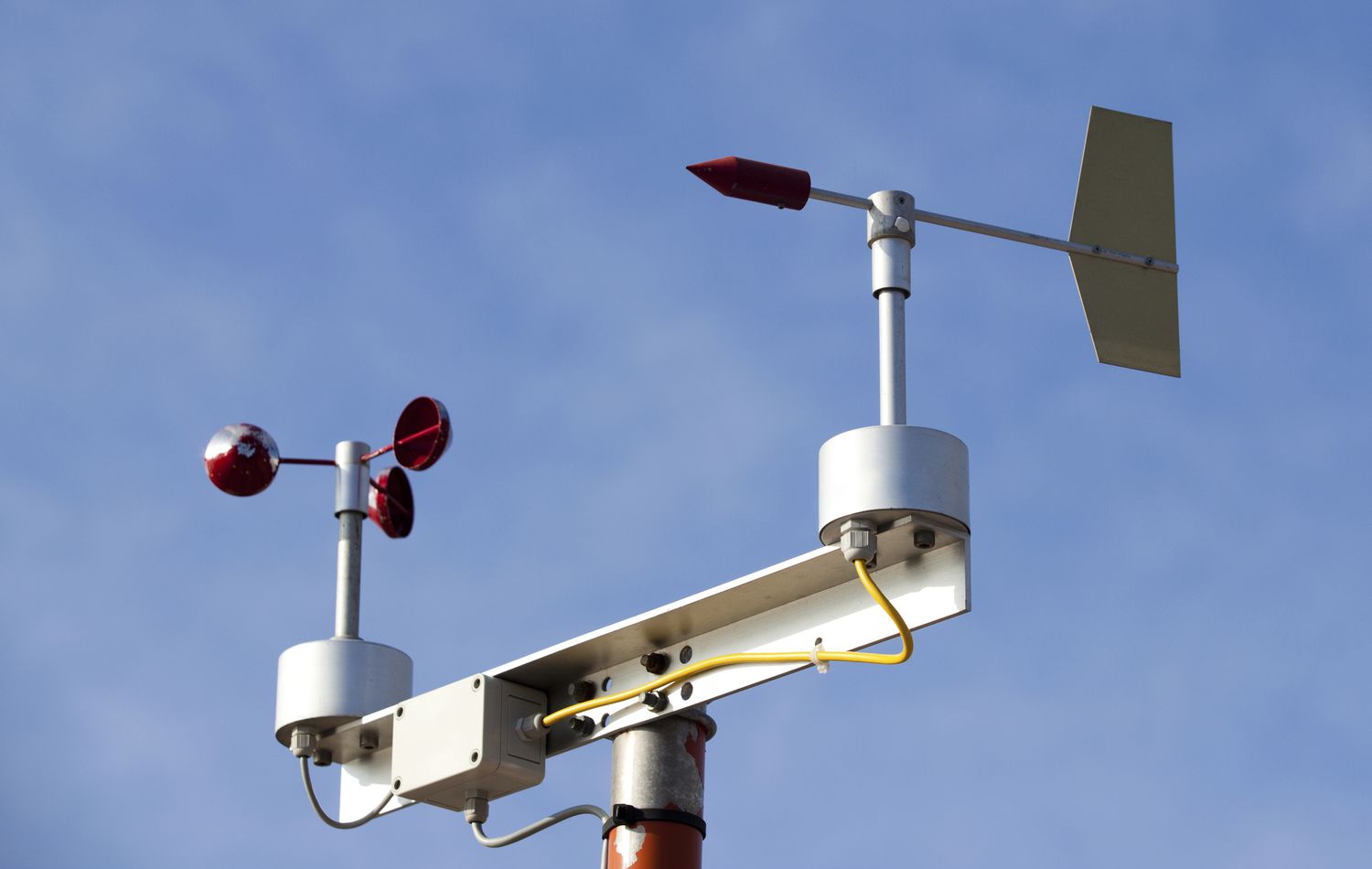

Furniture
What Weather Instrument Measures Wind Speed
Modified: January 19, 2024
Looking for articles on weather instruments? Learn about the instrument that measures wind speed and find informative articles on this topic.
(Many of the links in this article redirect to a specific reviewed product. Your purchase of these products through affiliate links helps to generate commission for Storables.com, at no extra cost. Learn more)
Introduction
When it comes to understanding and predicting weather patterns, one of the essential parameters to measure is wind speed. Knowing how fast the wind is moving is crucial for a wide range of applications, from aviation and renewable energy to outdoor activities and meteorology. To accurately measure wind speed, various instruments have been developed over the years, each with its own unique features and advantages.
In this article, we will explore the different types of instruments used to measure wind speed and their functionality. Whether you’re a weather enthusiast or an engineer working in the field, understanding these instruments can provide you with valuable insights into the science of wind speed measurement.
So, let’s dive in and examine the primary instruments used to measure wind speed in detail!
Key Takeaways:
- Anemometers, including cup, propeller, and vane types, are essential for accurately measuring wind speed in various applications, from weather monitoring to wind energy assessments.
- Advanced technologies like sonic anemometers, laser Doppler anemometers, and hot-wire anemometers provide precise and high-frequency wind speed measurements, contributing to improved decision-making and optimized designs in industries such as wind energy and environmental monitoring.
Anemometer: The Primary Wind Speed Measuring Instrument
When it comes to measuring wind speed, the most widely used instrument is the anemometer. An anemometer is a sensor or device specifically designed to determine the velocity of airflow or wind in a particular area. It is an essential tool in meteorology, environmental monitoring, and many other industries that rely on accurate wind data.
Anemometers come in various designs and technologies, each offering its own set of advantages and limitations. The three most commonly used types of anemometers are cup anemometers, propeller anemometers, and vane anemometers.
Cup Anemometers: The Traditional Approach
Cup anemometers are the most common type of anemometer and have been used for decades to measure wind speed. As the name suggests, these instruments consist of three or four cups mounted on a horizontal axis. The cups catch the wind, causing the axis to rotate. The rotations are then converted into wind speed measurements.
Cup anemometers are known for their simplicity, durability, and accuracy in measuring moderate to high wind speeds. They are often deployed in weather stations, research facilities, and even personal weather monitoring devices. However, they are less accurate at lower wind speeds due to factors such as inertia and variations in the drag coefficient of the cups.
Propeller Anemometers: Modern and Accurate
Propeller anemometers, also known as wind turbines or windmills, are a modern approach to measuring wind speed. These anemometers consist of multiple rotating blades connected to a central hub. When wind flows through the blades, they spin, and the rotations are translated into wind speed readings.
Propeller anemometers are highly accurate and can provide reliable measurements across a wide range of wind speeds. They are commonly used in wind energy applications and meteorological measurements where precise wind data is essential. However, their moving parts make them more susceptible to maintenance and calibration requirements.
Vane Anemometers: Measuring Wind Direction and Speed
While cup and propeller anemometers focus primarily on wind speed, vane anemometers have an additional capability of measuring wind direction alongside wind velocity. Vane anemometers consist of a weather vane or wind vane that pivots freely on a horizontal axis and a sensor to detect the vane’s orientation.
By determining the angle at which the vane points, vane anemometers can provide simultaneous wind speed and direction measurements. This makes them useful in applications such as weather monitoring, air quality studies, and environmental assessments where both parameters are critical.
With the wide array of anemometers available, researchers, scientists, and weather enthusiasts have a variety of options when it comes to measuring wind speed. The choice of anemometer depends on the specific requirements of the application, including the desired accuracy, range of wind speeds, and even budget constraints.
In the next sections, we will explore other advanced anemometer technologies such as sonic anemometers, laser Doppler anemometers, hot-wire anemometers, and pitot tube anemometers, each offering unique advantages in wind speed measurement.
Read more: What Wind Speeds Will Pick Up A Trampoline
Cup Anemometers: The Traditional Approach
Cup anemometers are a classic and widely used type of anemometer for measuring wind speed. They have been a staple in weather monitoring stations and research facilities for decades. Cup anemometers are preferred for their simplicity, durability, and reliability in providing accurate wind speed measurements.
The design of cup anemometers is straightforward. They typically consist of three or four cups mounted on a horizontal axis. The cups are open on one side, allowing the wind to flow through and exert force on the surfaces. When the wind blows, the cups catch the airflow, causing the axis to rotate. The number of rotations, or revolutions per minute (RPM), is then converted into wind speed measurements.
One of the key advantages of cup anemometers is their ability to accurately measure moderate to high wind speeds. They are capable of providing reliable data in a wide range of wind conditions, making them suitable for various applications, including weather forecasting, climate monitoring, and wind energy assessments.
Cup anemometers are known for their durability and resistance to harsh weather conditions, ensuring accurate readings even in challenging environments. They are designed to withstand high winds, intense rain, and extreme temperatures, making them suitable for outdoor installations that require long-term stability.
However, cup anemometers do have some limitations. At lower wind speeds, cup anemometers can be less accurate due to factors such as inertia and variations in the drag coefficient of the cups. The cups may not rotate as easily in lighter winds, leading to potential errors in wind speed measurements.
In addition, cup anemometers are purely wind speed sensors and do not provide information on wind direction. If wind direction data is required, an additional instrument, such as a wind vane, needs to be used in conjunction with the cup anemometer.
Despite these limitations, cup anemometers remain a reliable and cost-effective option for measuring wind speed. They are widely used across various industries and applications, from weather monitoring and climate research to energy production and air quality assessments.
In recent years, advancements in anemometer technology have led to the development of other types of anemometers, each with their own unique features and advantages. In the following sections, we will explore propeller anemometers, vane anemometers, and other advanced anemometer technologies used to measure wind speed and direction.
Propeller Anemometers: Modern and Accurate
Propeller anemometers, also known as wind turbines or windmills, are a modern and highly accurate type of anemometer used to measure wind speed. They have gained popularity in various industries, particularly in renewable energy and meteorology, where precise wind data is crucial.
The design of propeller anemometers typically includes multiple rotating blades connected to a central hub. As the wind flows through the blades, it exerts force, causing them to spin. The rotations are then translated into wind speed measurements.
Propeller anemometers are known for their accuracy and ability to provide reliable measurements across a wide range of wind speeds. They are capable of accurately capturing both moderate winds and high-speed gusts, making them suitable for applications that require precise wind speed data.
One of the advantages of propeller anemometers is their low threshold sensitivity, which allows them to measure even the slightest changes in wind speed. This sensitivity is especially important in wind energy applications, where small variations in wind speed can significantly impact power generation and turbine performance.
Propeller anemometers are also valued for their stability and robustness. They are designed to withstand environmental factors such as vibrations, turbulence, and extreme weather conditions, ensuring accurate measurements over extended periods.
However, it is worth noting that propeller anemometers have moving parts, which can increase maintenance and calibration requirements. Regular checks and adjustments are necessary to ensure the accuracy and longevity of the instrument.
In addition to wind speed measurements, propeller anemometers can often be equipped with additional sensors to capture other environmental parameters such as temperature and humidity. This capability allows for comprehensive weather monitoring and analysis.
Propeller anemometers find extensive use in wind energy applications, where they are employed to measure wind speed and optimize turbine performance. They are also utilized in meteorological monitoring stations to gather data for weather forecasting, research, and climate studies.
Overall, propeller anemometers are a reliable and sophisticated option for measuring wind speed accurately. Their advanced design and high-level performance make them an essential tool in various industries, contributing to the development of renewable energy sources and the understanding of weather patterns.
As we continue our exploration of wind speed measuring instruments, we will delve into vane anemometers, sonic anemometers, and other advanced technologies used in the field of meteorology.
Vane Anemometers: Measuring Wind Direction and Speed
In addition to measuring wind speed, it is often crucial to know the direction from which the wind is blowing. That’s where vane anemometers come into play. Vane anemometers are versatile instruments that provide simultaneous measurements of wind direction and speed, making them invaluable in various applications, including meteorology, environmental monitoring, and HVAC systems.
The design of vane anemometers typically consists of a weather vane or wind vane mounted on a horizontal axis. The vane is free to pivot around the axis and is designed to align with the wind direction. Additionally, a sensor is employed to detect the orientation of the vane, allowing for accurate wind direction measurements.
By determining the angle at which the vane points, vane anemometers can provide real-time updates on wind direction. This information is crucial for various industries, including aviation, where it helps determine runway selection and air traffic flow, as well as in wind energy applications for optimizing turbine positioning and performance.
In addition to wind direction, vane anemometers also measure wind speed. This is typically achieved by incorporating a cup or propeller anemometer into the instrument’s design. The anemometer component captures the wind and provides accurate speed measurements, while the vane allows for wind direction determination.
Vane anemometers offer several advantages over other types of anemometers. Firstly, they provide simultaneous measurements of wind speed and direction, eliminating the need for separate instruments. This streamlines data collection and analysis, saving time and resources.
Furthermore, vane anemometers are highly reliable in determining wind direction, even in complex wind flows. Their ability to adapt to changing wind patterns makes them ideal for studying atmospheric dynamics, pollutant dispersion modeling, and air quality assessments.
Some vane anemometers can also be equipped with additional sensors to measure parameters such as temperature, humidity, and pressure. This comprehensive data collection enables a more comprehensive understanding of weather conditions and environmental trends.
However, it is important to note that vane anemometers may have limitations when it comes to measuring extremely low wind speeds. In these cases, the instrument may struggle to accurately detect the direction of a very gentle breeze. Cup anemometers or other alternative methods might be more suitable for such situations.
Overall, vane anemometers are versatile tools that play a critical role in wind-dependent industries and environmental monitoring systems. Their ability to provide simultaneous wind speed and direction measurements makes them invaluable in understanding and predicting weather patterns, optimizing energy generation, and ensuring efficient airflow in various applications.
In the next sections, we will explore other advanced technologies used to measure wind speed, such as sonic anemometers, laser Doppler anemometers, hot-wire anemometers, and pitot tube anemometers, each offering unique advantages and applications.
Sonic Anemometers: Advanced Technology for Precise Measurements
When it comes to precise and high-frequency measurements of wind speed and direction, sonic anemometers are at the forefront of technology. Sonic anemometers employ advanced acoustic principles to accurately capture air velocity and provide valuable insights into wind patterns.
Unlike traditional anemometers that rely on moving parts, sonic anemometers utilize ultrasonic sensors to measure the speed and direction of the wind. These sensors emit high-frequency sound waves that travel through the air and reflect off small particles or turbulence present in the flow.
By utilizing the Doppler effect, sonic anemometers can precisely calculate the time it takes for sound waves to travel between the two sensors and determine the velocity of the wind. This non-intrusive method allows for highly accurate and reliable measurements across a wide range of wind speeds.
Sonic anemometers offer several advantages over conventional anemometer designs. Firstly, they are capable of capturing high-frequency wind fluctuations in real-time, allowing for more detailed analysis of wind behavior and turbulence. This is especially important in applications such as atmospheric research, wind energy optimization, and aerodynamic studies.
Furthermore, sonic anemometers are generally more durable and require less maintenance compared to anemometers with moving parts. Their solid-state design and lack of mechanical components make them more resistant to wear, reducing the need for frequent calibration or replacement.
Sonic anemometers are often used in research and scientific applications where precise and continuous wind measurements are essential. They contribute to the understanding of atmospheric dynamics, boundary layer studies, and climate research.
However, it is worth noting that sonic anemometers may be more costly compared to other types of anemometers due to the advanced technology involved. They also require specific installation requirements to ensure accurate measurements, such as proper sensor alignment and protection against external interferences.
Despite these considerations, the precise and high-frequency data provided by sonic anemometers makes them an invaluable tool in various fields. Their ability to capture detailed wind information allows for improved decision-making and optimized designs in industries such as wind energy, architecture, and environmental monitoring.
In the upcoming sections, we will explore other advanced anemometer technologies, including laser Doppler anemometers, hot-wire anemometers, and pitot tube anemometers, each offering unique capabilities and applications in wind speed measurement.
Laser Doppler Anemometers: High-Frequency Wind Speed Detection
In the realm of advanced anemometer technologies, laser Doppler anemometers (LDAs) stand out for their ability to provide high-frequency and accurate measurements of wind speed. LDAs are widely used in research, aerospace, and industrial applications where detailed and precise wind velocity data is crucial.
Laser Doppler anemometers operate on the principle of the Doppler effect. They utilize laser beams to detect the scattering of light particles caused by airflow disturbances within the measurement area. By analyzing the frequency shift of the scattered light, LDAs can determine the velocity at which the particles, and thus the wind, are moving.
One of the key advantages of LDAs is their ability to measure wind speed at a high frequency, capturing rapid fluctuations and variations in airflow. This makes them suitable for studying turbulent flows, boundary layers, and other complex wind patterns.
LDAs offer a high level of accuracy and precision, making them ideal for applications that require detailed wind speed data. Their ability to capture fine-scale variations can aid in the design of aerodynamically efficient structures, aircraft testing, and combustion optimization in industrial processes.
Another advantage of LDAs is their non-intrusive nature. Since LDAs rely on light scattering, they do not require physical contact with the airflow, minimizing disturbance and making them suitable for sensitive measurements and delicate environments.
However, it is worth noting that deploying LDAs can be technically demanding and requires expertise in laser optics and signal processing. Proper alignment and calibration are essential to ensure accurate measurements and reliable data interpretation.
LDAs are commonly used in wind tunnel experiments, atmospheric research, and aerospace engineering. They provide valuable insights into aerodynamic performance, wind flow patterns, and the behavior of complex turbulent systems.
While LDAs are powerful tools for wind speed measurement, their complexity and cost may limit their usage in certain applications. However, as technology advances, their capabilities continue to evolve, making LDAs increasingly accessible and applicable in various fields.
In the subsequent sections, we will explore other advanced anemometer technologies, including hot-wire anemometers, pitot tube anemometers, and other cutting-edge instruments used for wind speed measurement in different contexts.
An anemometer is the weather instrument used to measure wind speed. It typically consists of cups that spin in the wind, and the speed is calculated based on the rotation of the cups.
Hot-Wire Anemometers: Ideal for Low Wind Speed Applications
When it comes to measuring low wind speeds with precision and accuracy, hot-wire anemometers are the go-to choice. These sensitive instruments are specifically designed to measure airflow in scenarios where the wind speed is relatively low, making them ideal for indoor environments, HVAC systems, and low-velocity flow measurements.
The working principle of hot-wire anemometers involves a heated wire element that is exposed to the airflow. As the wind passes over the wire, it causes a change in the wire’s temperature, which in turn alters its electrical resistance. By measuring this change in resistance, the anemometer can determine the wind speed.
Hot-wire anemometers are highly responsive and capable of detecting subtle variations in even the slowest of airflows. They are sensitive enough to measure air velocities in the range of a few centimeters per second.
One of the significant advantages of hot-wire anemometers is their low inherent noise level. By operating at high frequencies, hot-wire anemometers can overcome electrical noise and interference, providing accurate measurements even in noisy environments.
Hot-wire anemometers are commonly used in indoor air quality monitoring, HVAC system testing, and cleanroom applications. They play a crucial role in maintaining a comfortable and safe environment with proper air circulation and ventilation.
However, hot-wire anemometers also have limitations. They are sensitive to air density variations, humidity, and temperature fluctuations, which can affect their accuracy. They may require additional corrections or calibrations to compensate for these factors.
Furthermore, hot-wire anemometers are delicate instruments that require careful handling and maintenance. The wire element can be prone to damage, and regular cleaning and calibration are necessary to ensure accurate and reliable measurements over time.
In recent years, advancements in sensor technology have led to the development of more robust and durable hot-wire anemometers. These improved designs offer increased stability and longevity, making them suitable for a wider range of applications.
Hot-wire anemometers are a valuable tool for understanding and analyzing airflow in low wind speed conditions. Their sensitivity and responsiveness make them indispensable in various industries, including environmental monitoring, HVAC design, and indoor air quality assessments.
As we delve further into advanced anemometer technologies, we will explore pitot tube anemometers, laser Doppler anemometers, and other cutting-edge instruments used for wind speed measurement in different contexts.
Pitot Tube Anemometers: Measuring Wind Speed in Fluid Flow
When it comes to measuring wind speed in fluid flow, pitot tube anemometers are the tool of choice. These devices, commonly used in fluid dynamics and aerodynamics, allow for accurate measurements of airspeed by exploiting the principle of pressure differences between fluid flow and static environments.
A pitot tube anemometer consists of a hollow tube with one open end facing the fluid flow and the other end connected to a pressure sensor. As the fluid flows through the tube, a pressure difference is created between the stagnant fluid surrounding the tube and the internal fluid flow. By measuring this pressure difference, the anemometer can determine the velocity of the fluid.
Pitot tube anemometers are widely used in applications such as aviation, HVAC systems, and fluid dynamics research. They provide precise measurements of airspeed and are critical for assessing aircraft performance, testing ventilation systems, and analyzing flow patterns in various engineering and environmental contexts.
One of the benefits of pitot tube anemometers is their versatility. They can accurately measure both high and low fluid velocities, making them suitable for a wide range of applications. Additionally, pitot tubes are relatively easy to install and can be customized to fit specific requirements, allowing for flexible deployment in different scenarios.
Another advantage of pitot tube anemometers is their ability to provide accurate measurements in turbulent or non-uniform flow conditions. Their design allows them to capture velocity variations across different sections of the fluid flow, enabling researchers and engineers to study and analyze complex flow patterns.
However, it is important to note that pitot tubes require careful calibration and positioning to obtain accurate measurements. Factors such as tube orientation, surrounding obstructions, and fluid properties can affect the readings, necessitating proper calibration procedures for reliable results.
Pitot tube anemometers are commonly used in aeronautical engineering, weather monitoring, and fluid dynamics research. They play a vital role in understanding fluid flow behavior, optimizing ventilation systems, and ensuring safe and efficient aircraft operations.
As we continue our exploration of advanced anemometer technologies, we will delve into other cutting-edge instruments, such as laser Doppler anemometers, hot-wire anemometers, and other innovative approaches used for wind speed measurement in different contexts.
Wind Vanes: Indicating Wind Direction
While measuring wind speed is crucial, knowing the direction from which the wind is blowing is equally important. For this purpose, wind vanes, also known as weather vanes or wind direction indicators, are used to determine the direction of airflow.
Wind vanes have a simple yet effective design. Typically, they consist of a horizontal rod or arrow-shaped vane mounted on a vertical axis. The vane is designed to freely rotate in response to the wind, aligning itself with the direction from which the wind is blowing.
By observing the orientation of the wind vane, individuals can quickly and easily determine the prevailing wind direction. Wind vanes are commonly found on weather stations, rooftops, and other outdoor locations where wind patterns need to be monitored.
Wind vanes often incorporate cardinal directions or numerical markings to provide more precise information about wind direction. Some wind vanes may also have multiple vanes or additional features such as flags or decorative elements to enhance their visibility.
Wind vanes play a vital role in various industries and applications. In meteorology, they are essential for weather monitoring, providing valuable information for forecasting, climate studies, and understanding weather patterns.
In the field of aviation, wind vanes are crucial in determining runway selection and assisting air traffic control. They enable pilots and air traffic controllers to assess wind patterns and make informed decisions for takeoffs, landings, and aircraft handling.
Wind vanes are also used in many outdoor activities, such as sailing, wind sports, and agriculture. These applications rely on wind direction information to plan routes, adjust sail positions, or optimize crop irrigation and pesticide application.
It is important to note that wind vanes solely indicate wind direction and do not provide information about wind speed. To obtain comprehensive wind data, wind vanes are often paired with anemometers, such as cup anemometers or vane anemometers, which measure wind speed simultaneously.
In summary, wind vanes are invaluable tools for determining wind direction. Their simple yet effective design allows for quick and reliable assessment of the prevailing airflow. Whether in meteorological observations, aviation operations, or outdoor activities, wind vanes provide critical information for a wide range of applications.
As we conclude our exploration of various wind speed measuring instruments, we have covered anemometers, sonic anemometers, laser Doppler anemometers, hot-wire anemometers, pitot tube anemometers, and wind vanes. Each of these instruments contributes to our understanding of wind patterns, enabling us to make informed decisions and optimize various processes in industries such as weather forecasting, renewable energy, aviation, and environmental monitoring.
Read also: 9 Amazing Weather Instrument for 2025
Conclusion
Wind speed measurement is a crucial element in various fields, from meteorology and aviation to renewable energy and environmental monitoring. Accurate and reliable wind speed data enables us to understand weather patterns, optimize energy generation, and make informed decisions in a wide range of applications.
In this article, we explored several instruments used for measuring wind speed, each with its unique features and advantages. Anemometers, such as cup anemometers, propeller anemometers, and vane anemometers, are the primary tools for wind speed measurement, offering simplicity, accuracy, and versatility.
We also discussed advanced technologies like sonic anemometers, laser Doppler anemometers, hot-wire anemometers, and pitot tube anemometers. These instruments provide high-frequency measurements, precise data in specialized contexts, and the ability to measure low wind speeds or fluid flow conditions.
Additonally, wind vanes were highlighted as crucial tools for indicating wind direction. Their simple design allows us to quickly and easily determine the prevailing airflow, aiding in weather forecasting, aviation operations, and outdoor activities.
Each of these instruments plays a unique role in capturing different aspects of wind behavior. Whether it’s the speed, direction, turbulence, or other parameters, the combination of these instruments provides a comprehensive understanding of wind patterns.
Advancements in technology continue to drive innovation in wind speed measurement instruments, improving their accuracy, reliability, and parameters they can measure. This progress allows us to gather more precise data, enabling better decision-making and improving processes in various industries.
As we move forward, it’s crucial to embrace these advancements, invest in research and development, and further refine wind speed measurement instruments. By doing so, we can deepen our understanding of wind dynamics, optimize our use of renewable energy sources, enhance weather prediction capabilities, and make more informed choices.
Overall, wind speed measuring instruments are at the forefront of scientific and technological advancements, contributing to a better understanding of our environment and enabling us to harness the power of wind for a sustainable future.
Frequently Asked Questions about What Weather Instrument Measures Wind Speed
Was this page helpful?
At Storables.com, we guarantee accurate and reliable information. Our content, validated by Expert Board Contributors, is crafted following stringent Editorial Policies. We're committed to providing you with well-researched, expert-backed insights for all your informational needs.
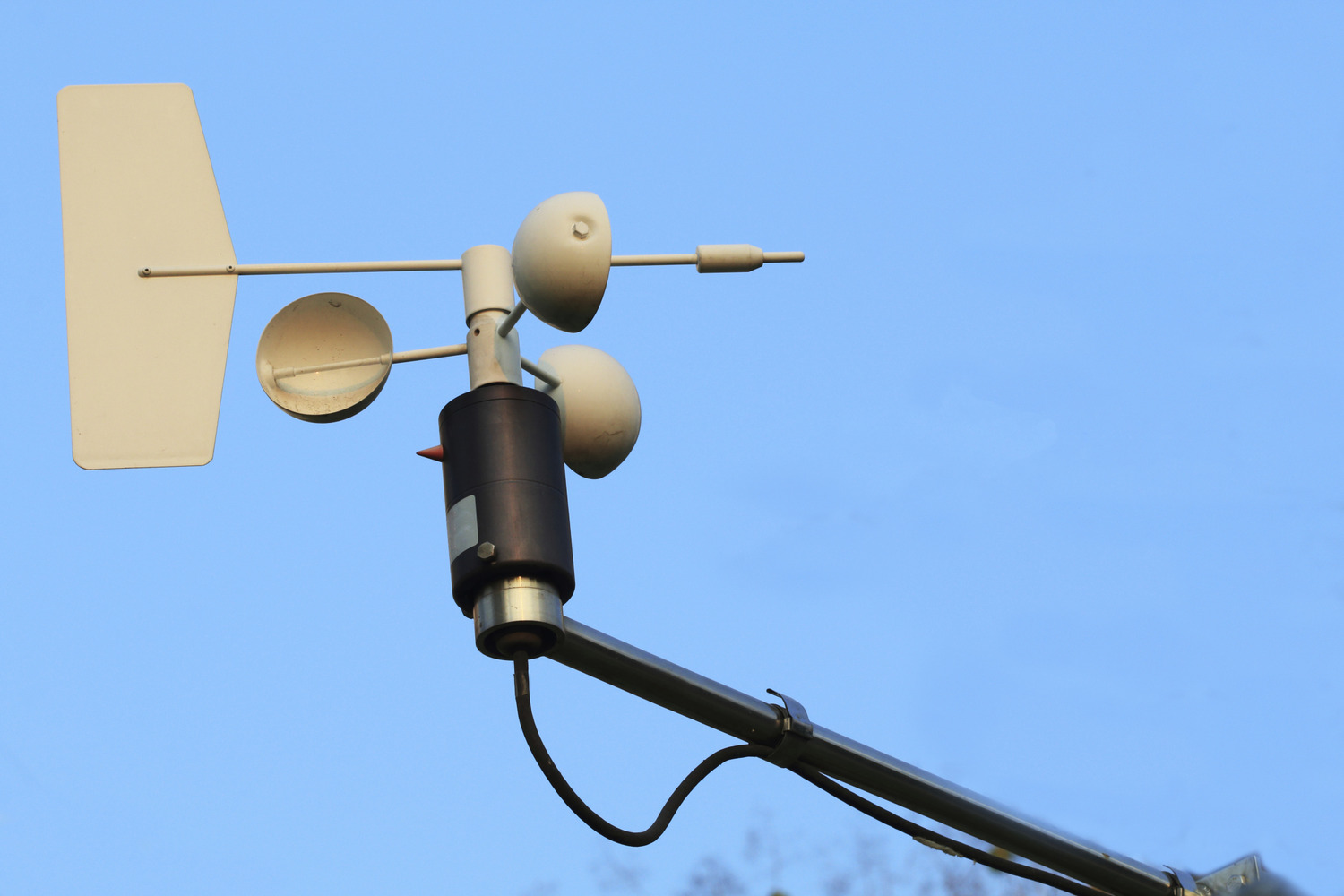
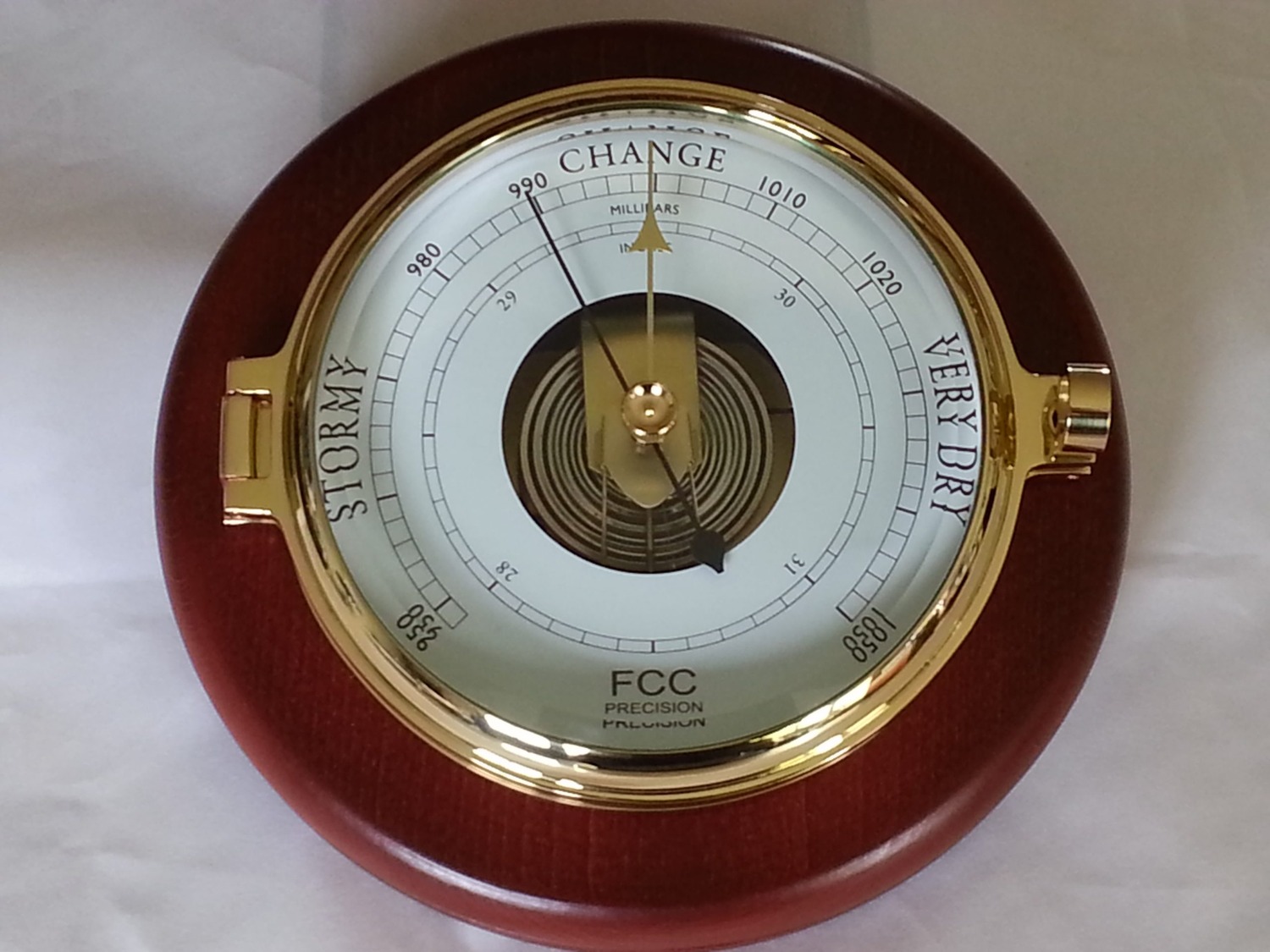

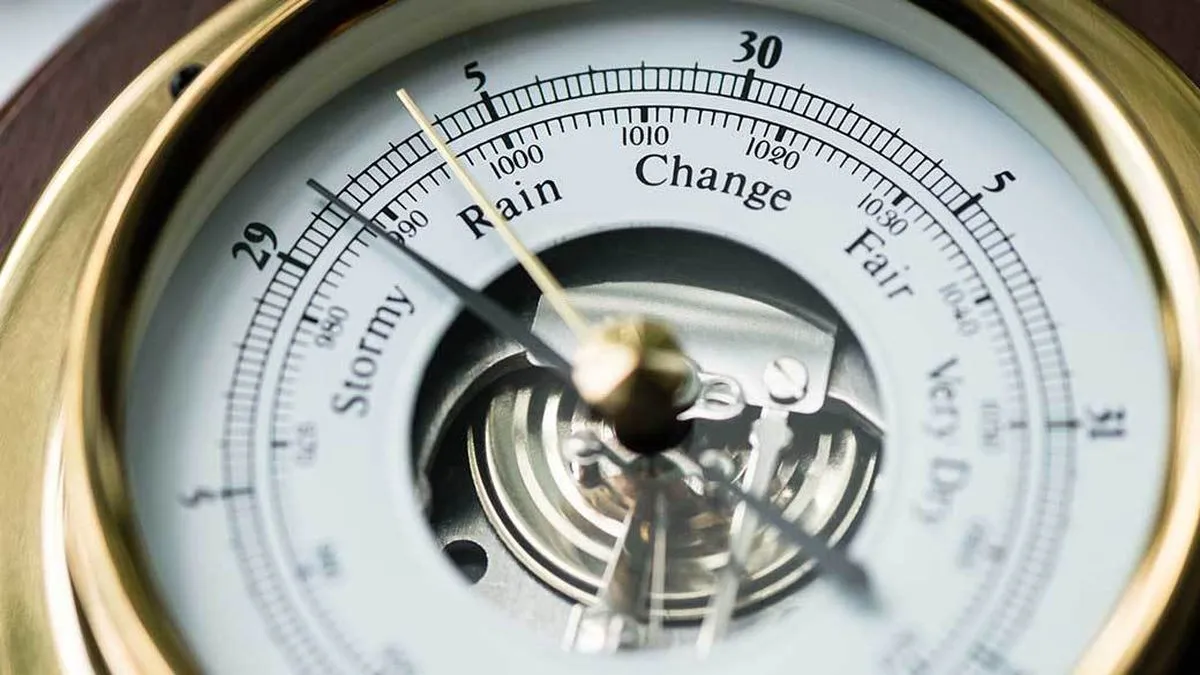
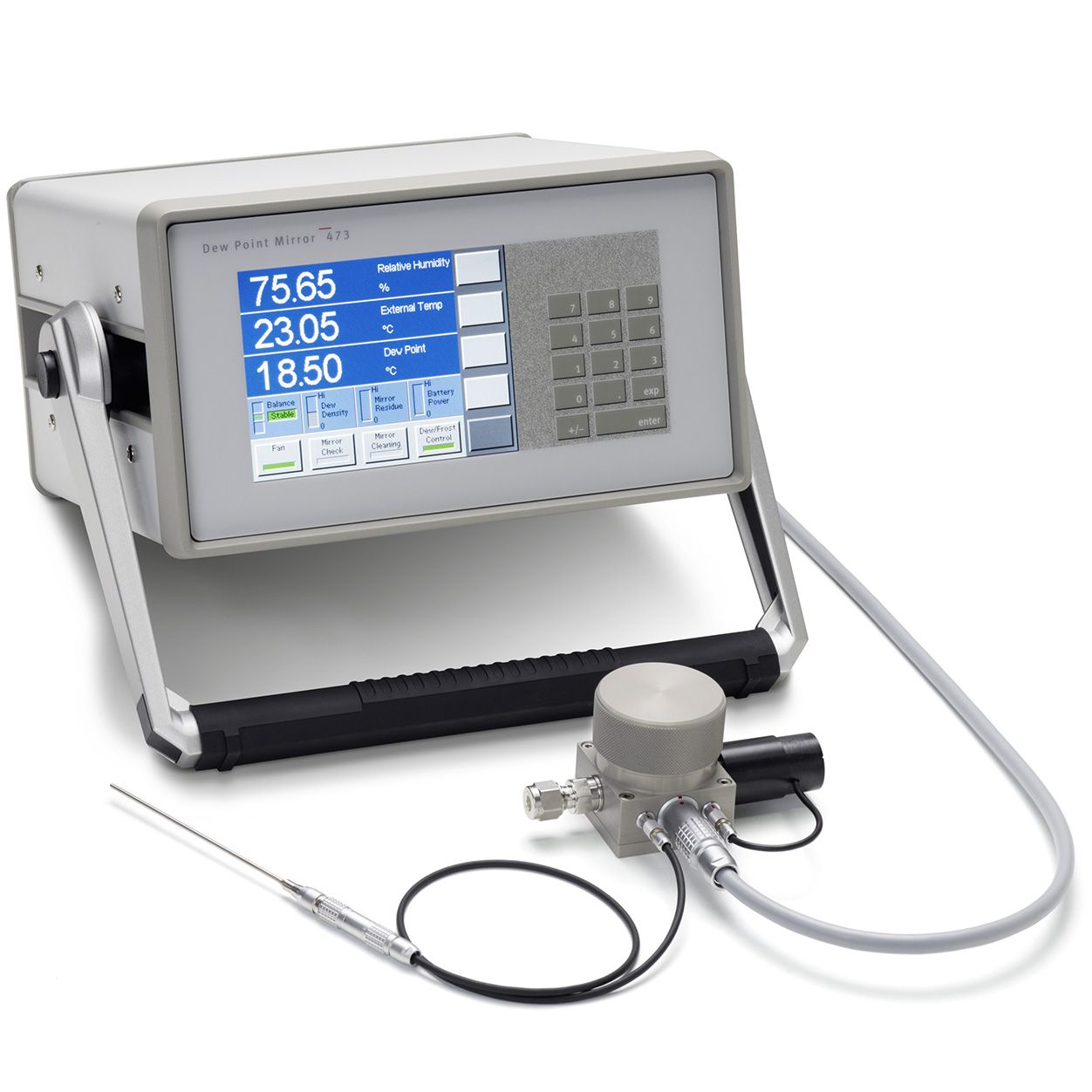
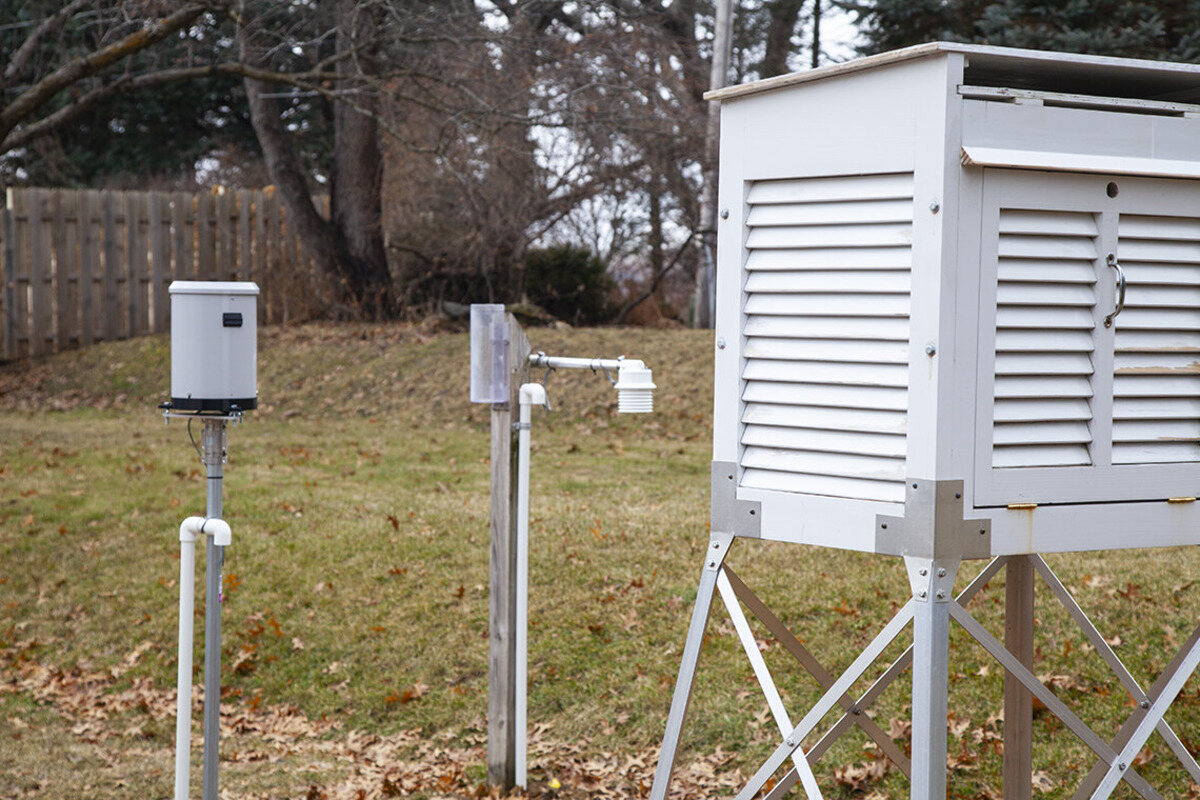
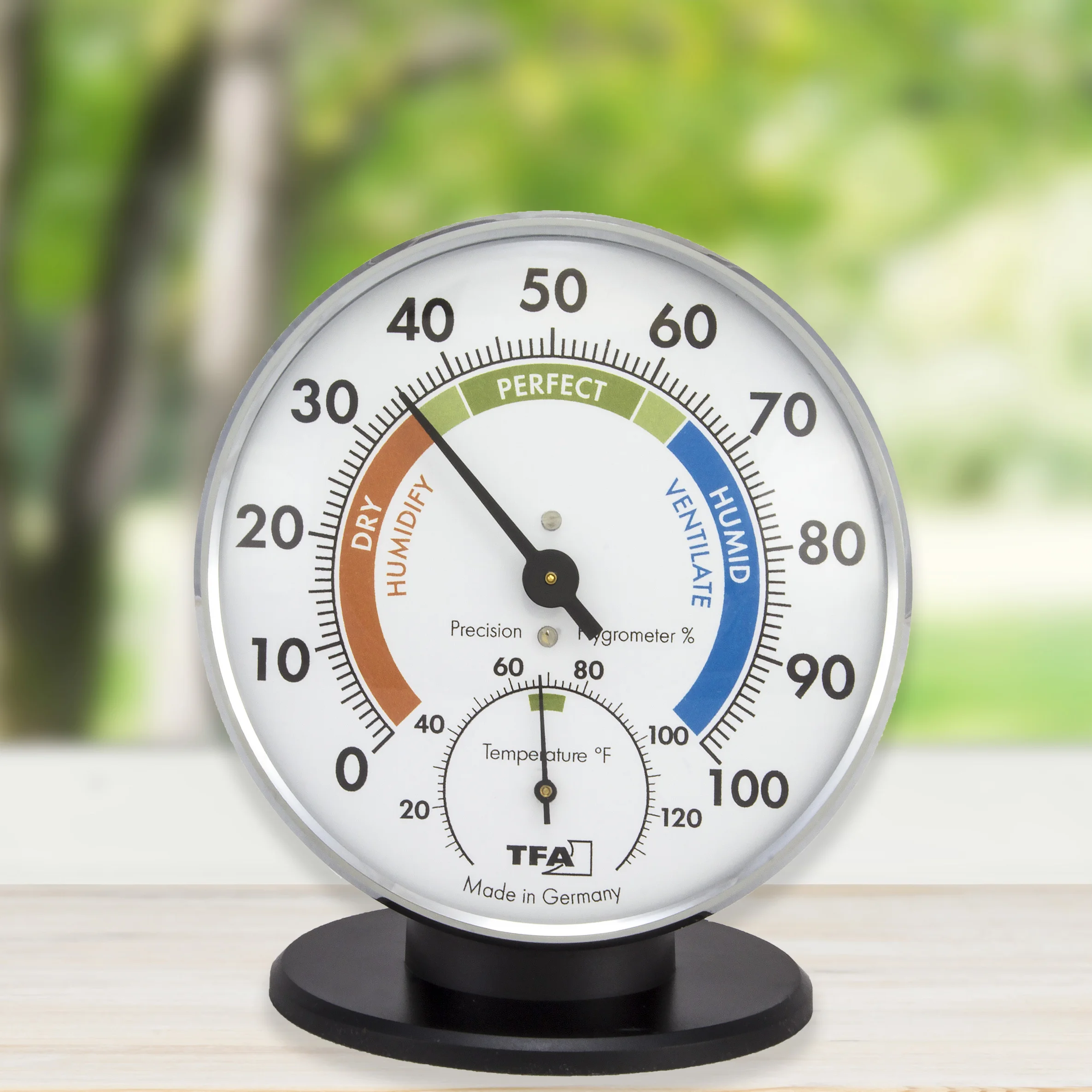
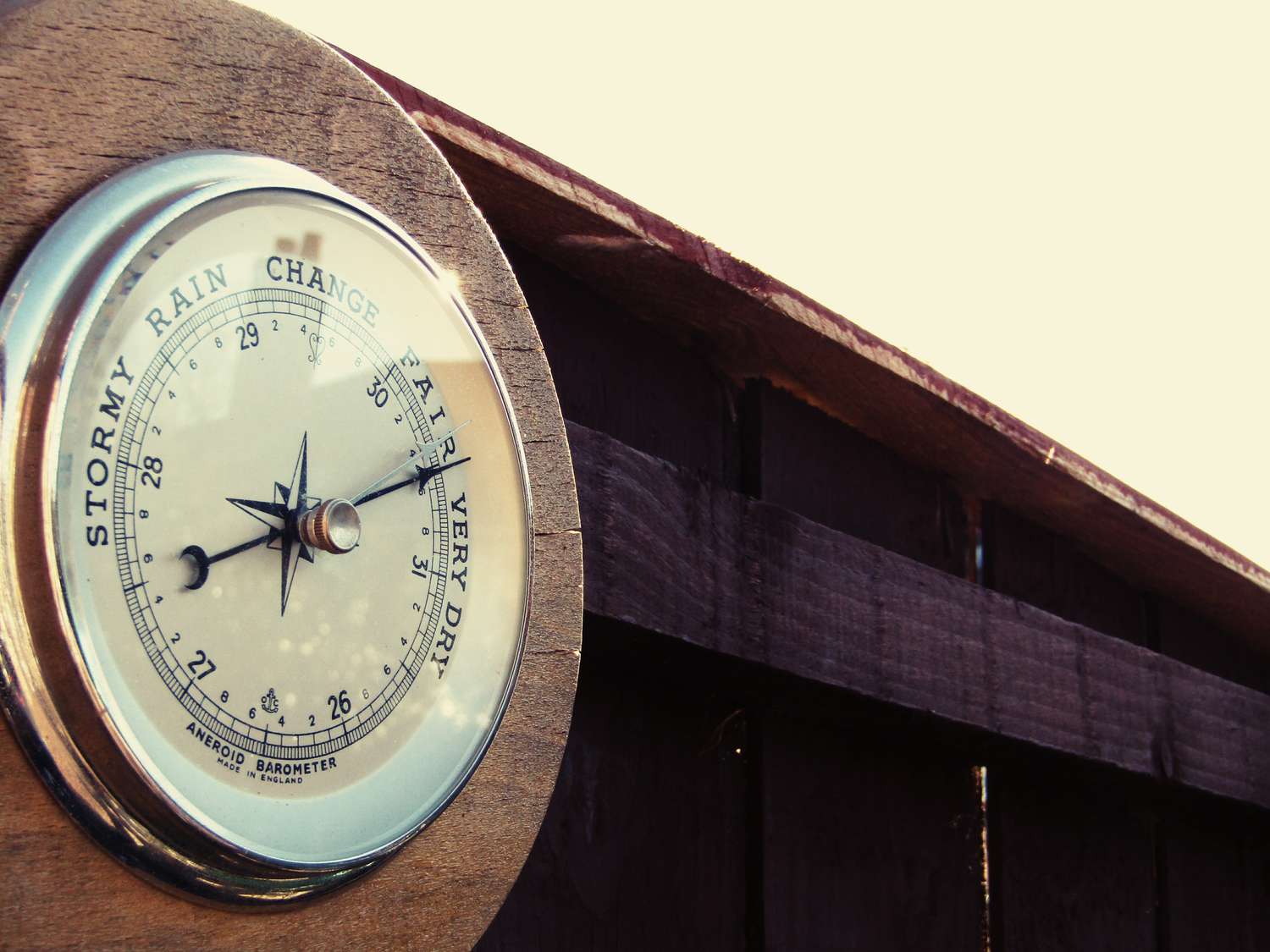
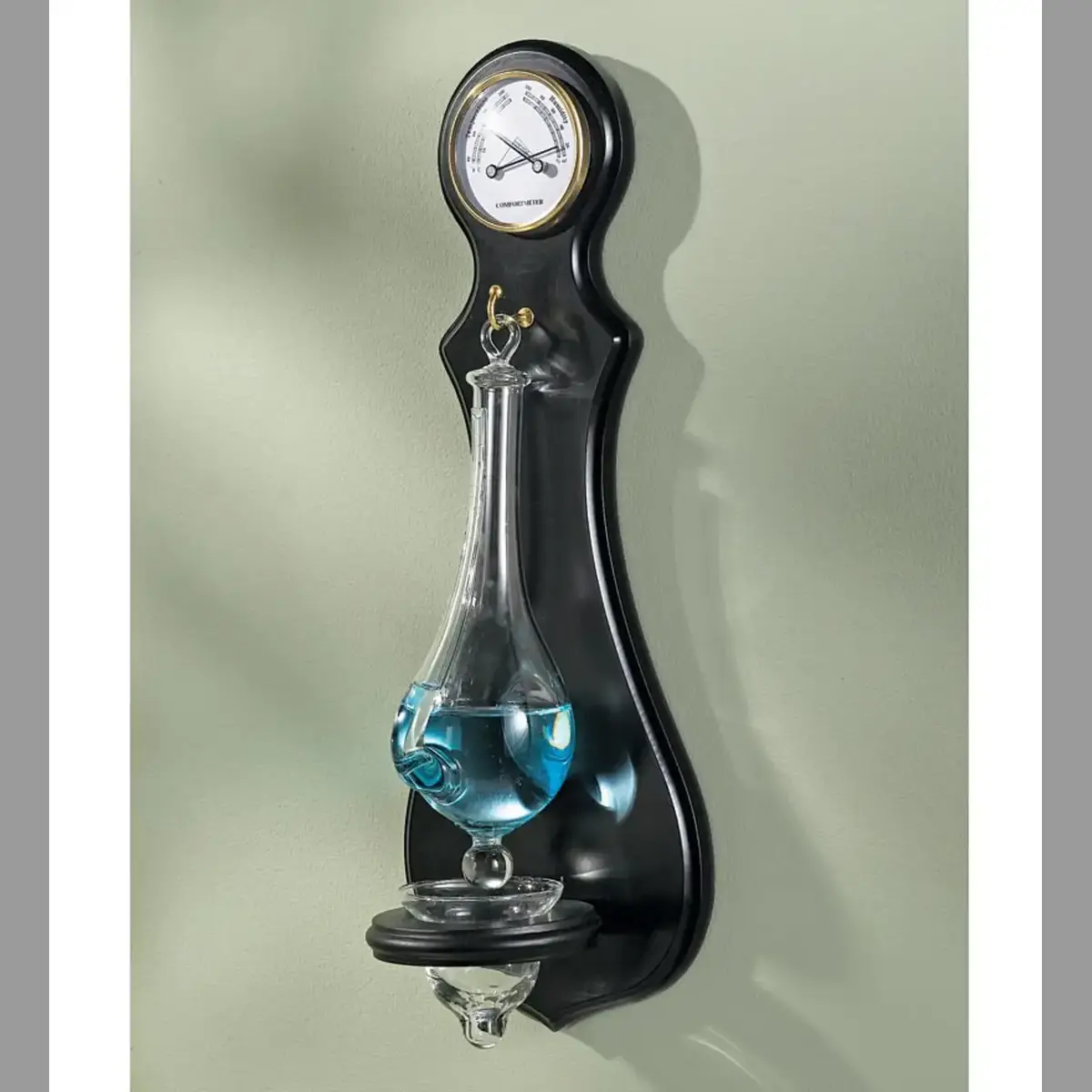
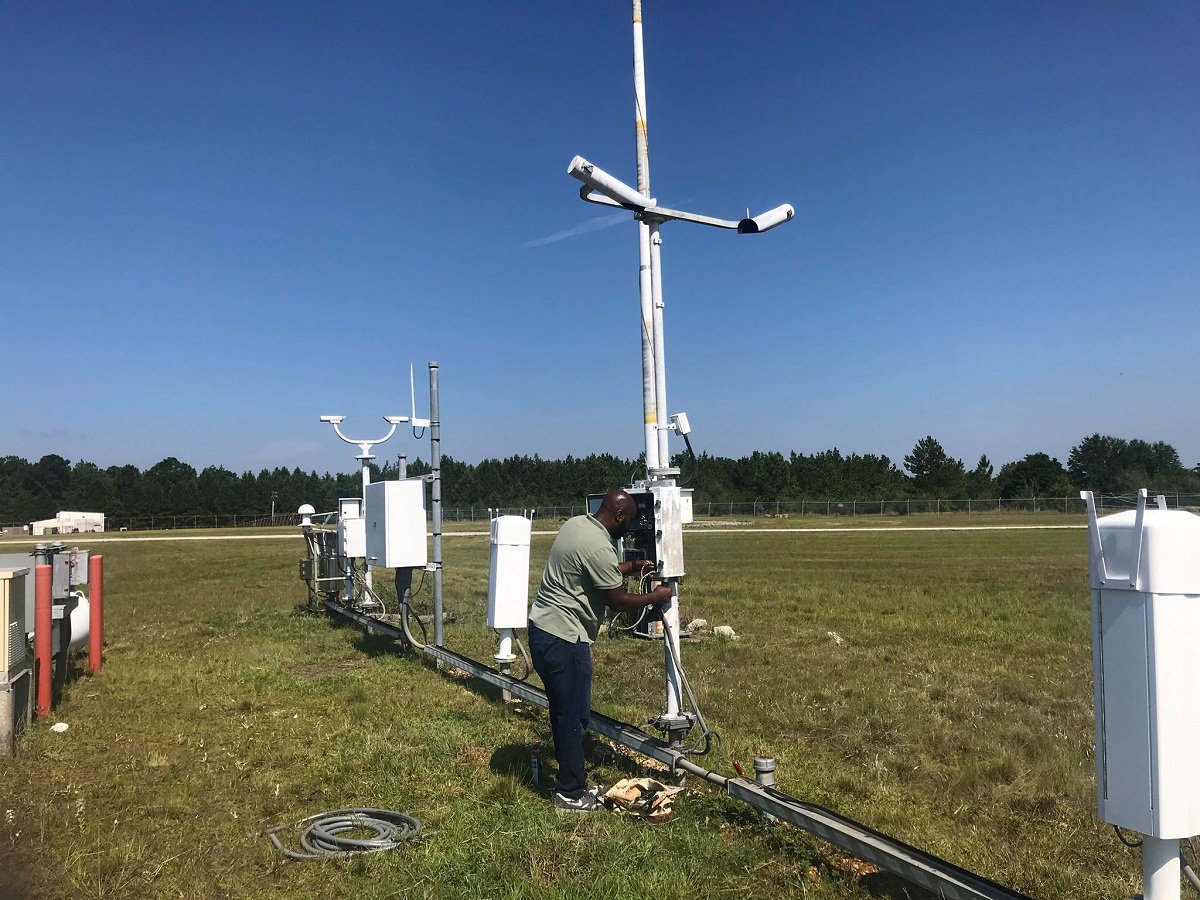
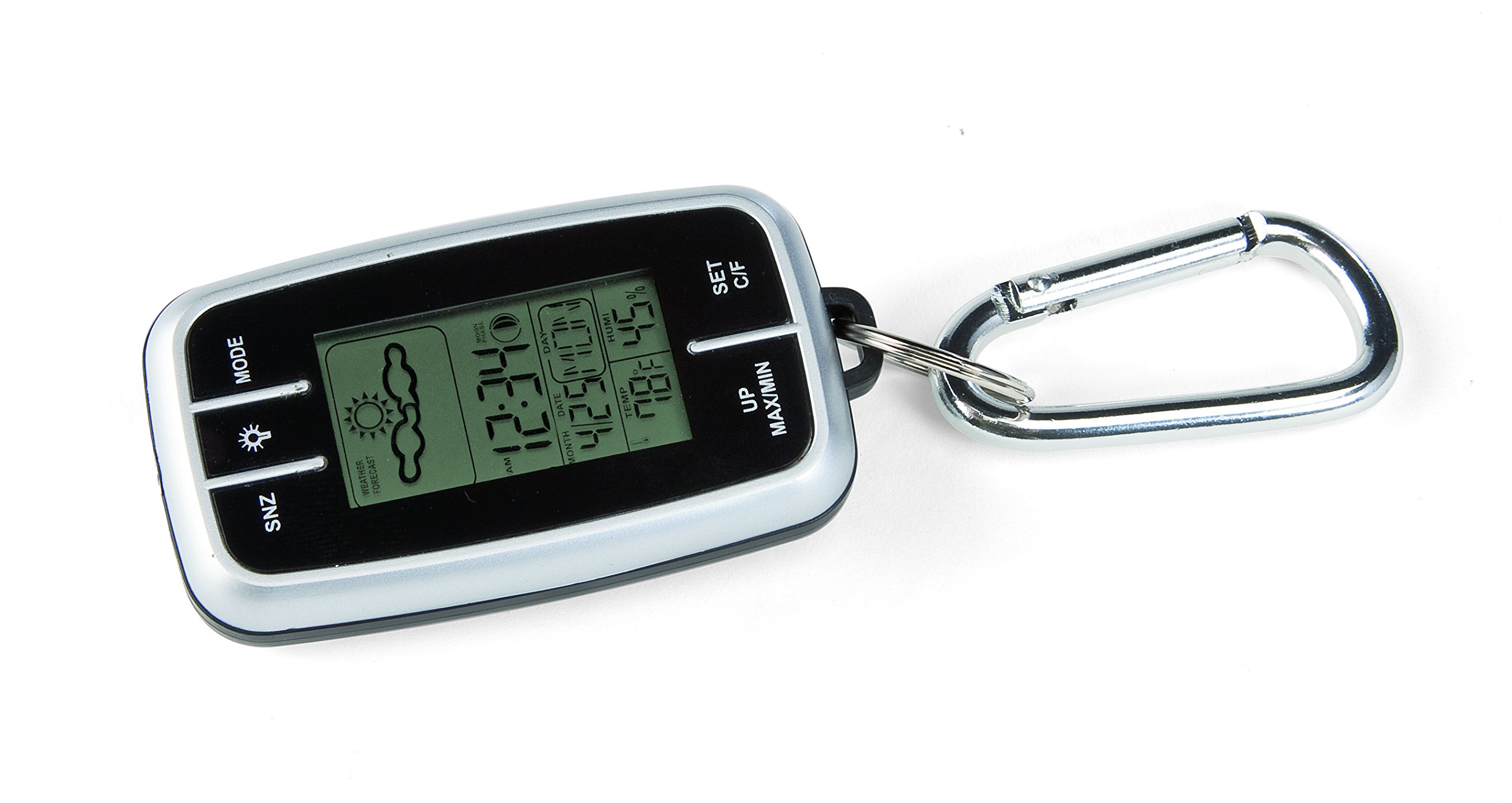
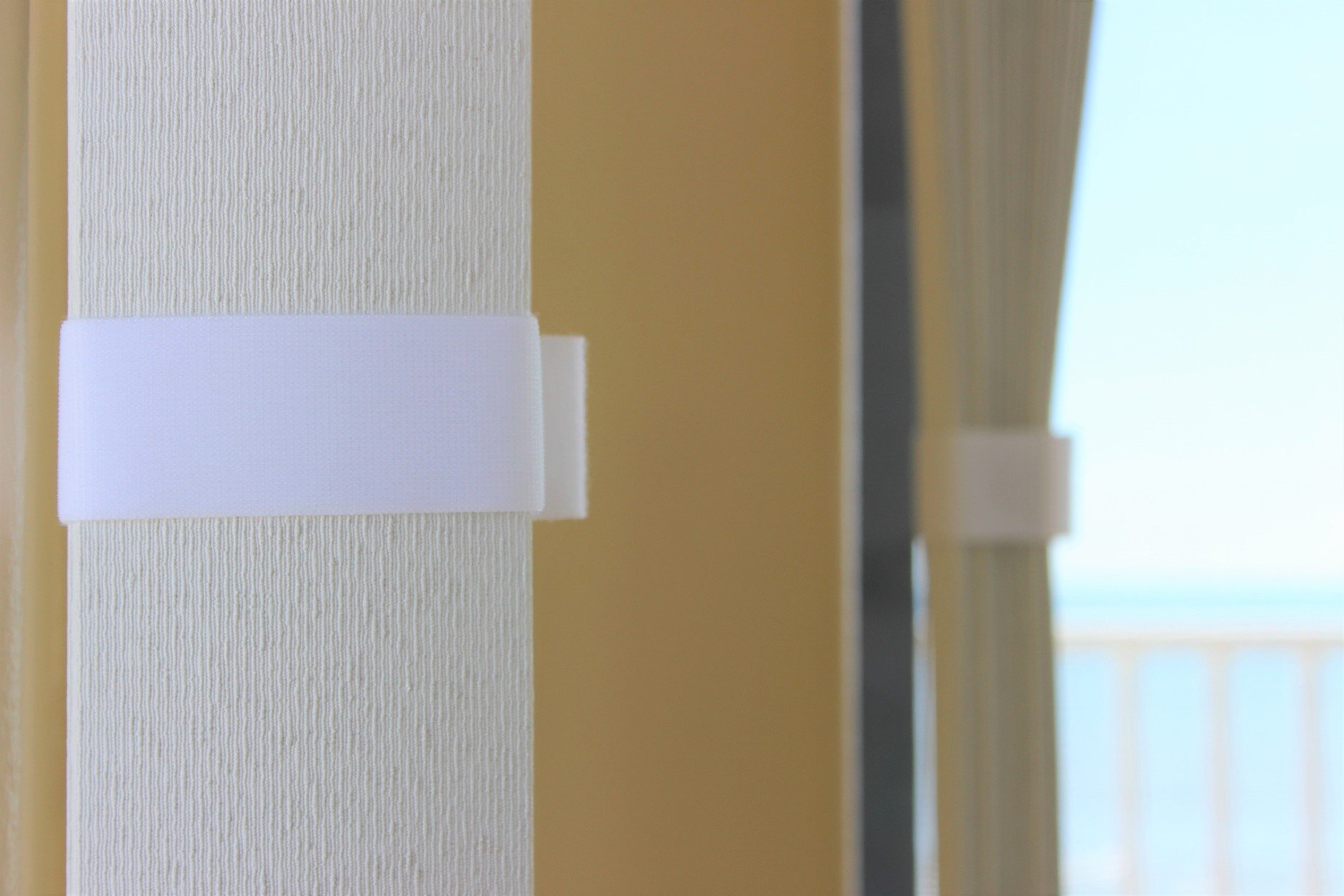

0 thoughts on “What Weather Instrument Measures Wind Speed”